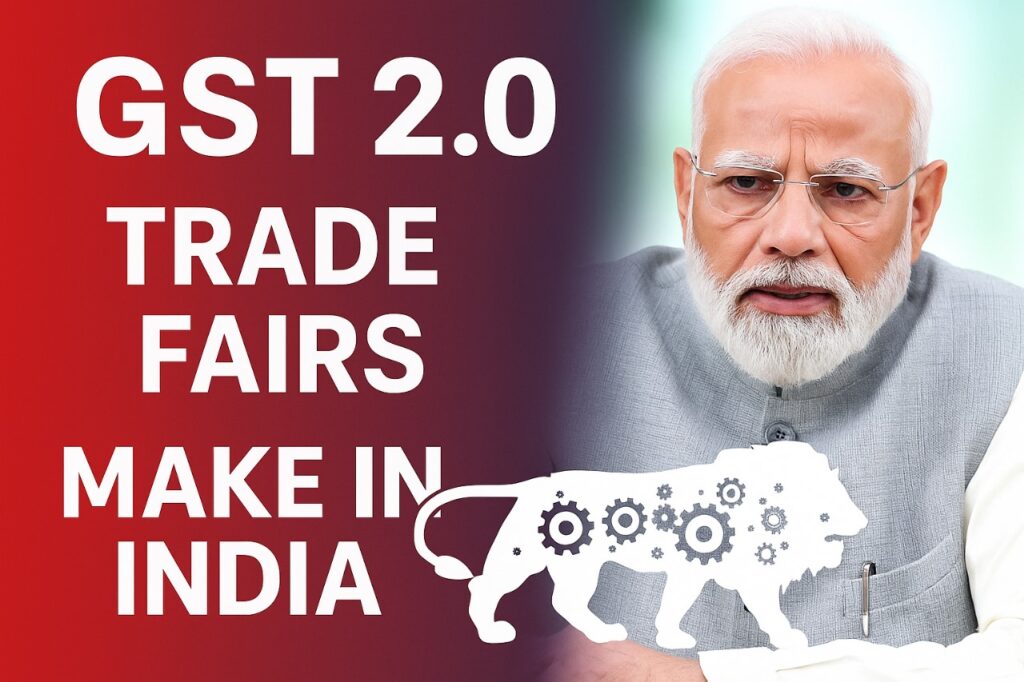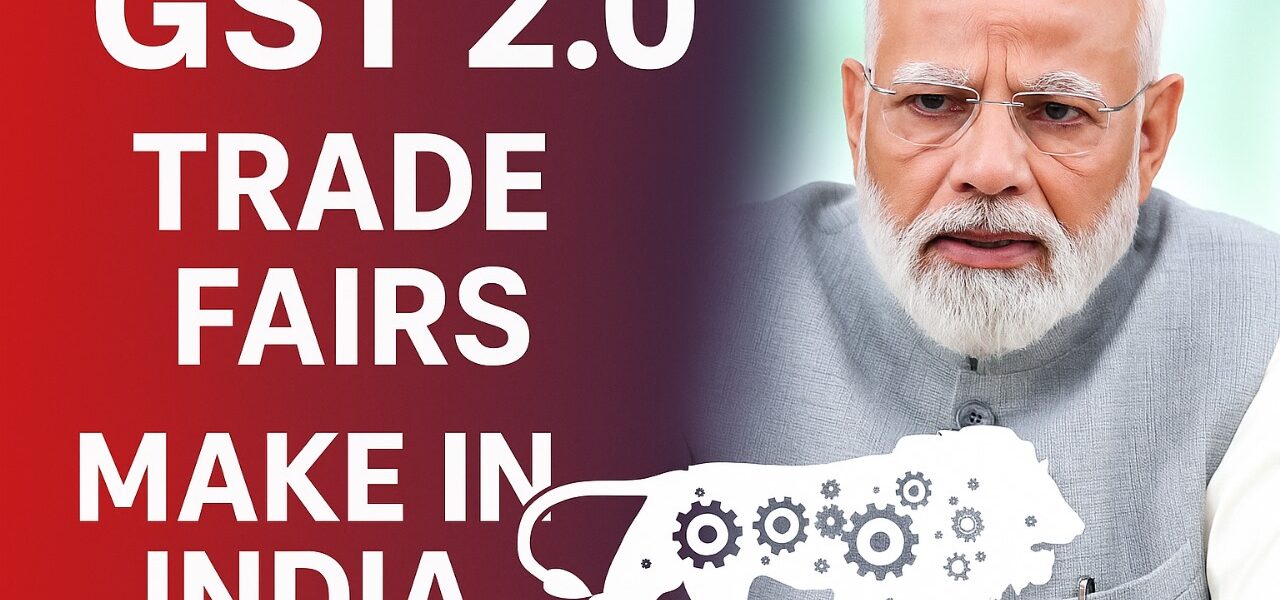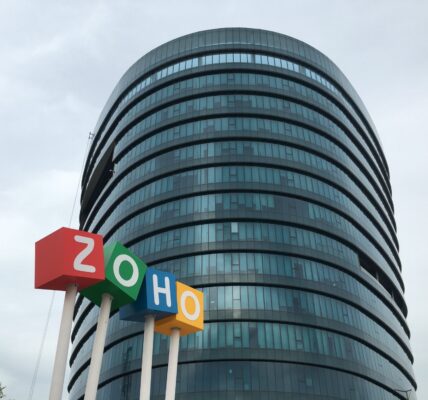
Introduction
India’s economy is evolving rapidly, with global competition becoming increasingly intense. Amid this scenario, the Prime Minister has conveyed a key message to MPs: “Organize fairs, educate traders on GST 2.0, and promote ‘Make in India’.”
These three initiatives are pivotal for India’s growth. While GST 2.0 aims to simplify business processes, trade fairs and exhibitions will boost local commerce, and the Make in India campaign will expand the reach of Indian products on a global scale.
What is GST 2.0?
Implemented in 2017, the Goods and Services Tax (GST) restructured India’s tax system. The government is now developing GST 2.0, which promises to be more transparent, user-friendly, and digital.
Potential Features of GST 2.0:
- Simplified Compliance: Easier filing for small traders.
- Technology Integration: AI and automation to reduce errors.
- Paperless Processes: Most operations handled online.
- Faster Refunds: Improved liquidity for exporters and MSMEs.
The Prime Minister emphasizes that MPs should educate traders through seminars and workshops, ensuring awareness reaches the grassroots level.
Organizing Fairs: Bridging Local to Global
The PM has stressed that organizing trade fairs and exhibitions is essential for economic growth.
Benefits for Traders:
- Networking: Opportunities to connect with new buyers and sellers.
- Brand Exposure: Platforms to showcase local products.
- Export Opportunities: Reach international markets.
- Innovation Display: Startups and SMEs can present their products.
Trade fairs act as a bridge from local to global, helping Indian traders and entrepreneurs access international markets.
Promoting ‘Make in India’ – A Nation-Building Initiative
Launched in 2014, Make in India has grown into a mass movement. The PM encourages MPs to take this campaign directly to the grassroots.
Importance of Make in India:
- Job Creation: Manufacturing generates employment.
- Export Growth: Indian products compete globally.
- Self-Reliant India: Building an independent economy.
- Empowering MSMEs: Small industries gain larger platforms.
MPs play a crucial role in motivating local industries and ensuring the campaign reaches their constituencies.
The Role of MPs in Economic Development
The Prime Minister’s message is clear: MPs should go beyond law-making and actively contribute to economic growth.
Key Actions for MPs:
- Partner with local chambers of commerce to educate traders.
- Establish business support centers.
- Encourage startups and youth participation in fairs.
- Facilitate coordination between state and central governments for infrastructure and policy support.
Advantages for Traders and the Economy
Following the PM’s guidance can directly benefit both traders and the overall economy:
- Traders gain clarity on GST 2.0 → simplifying compliance.
- Industries gain exposure at fairs → boosting sales and exports.
- The economy benefits from Make in India → strengthening India’s global presence.
This creates a win-win scenario, benefiting the government, businesses, and consumers alike.
FAQs
Q1. When will GST 2.0 be launched?
The government is finalizing the roadmap. Official dates will be announced soon.
Q2. How do trade fairs benefit local traders?
Traders get access to new buyers, networking opportunities, and the chance to showcase products internationally.
Q3. Which sectors does Make in India focus on?
Manufacturing, MSMEs, startups, and high-tech industries.
Q4. Why is the role of MPs crucial?
MPs can connect directly with traders and industries at the constituency level, ensuring the initiatives reach the grassroots.
Conclusion
The Prime Minister’s vision provides a roadmap for taking India’s economy to new heights. GST 2.0 will simplify compliance, trade fairs will create new business opportunities, and Make in India will enhance the global footprint of Indian manufacturing.
If MPs actively fulfill their responsibilities, these three initiatives can transform India into an economic powerhouse, creating new opportunities for both youth and traders.




